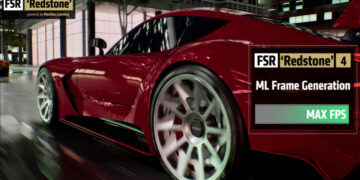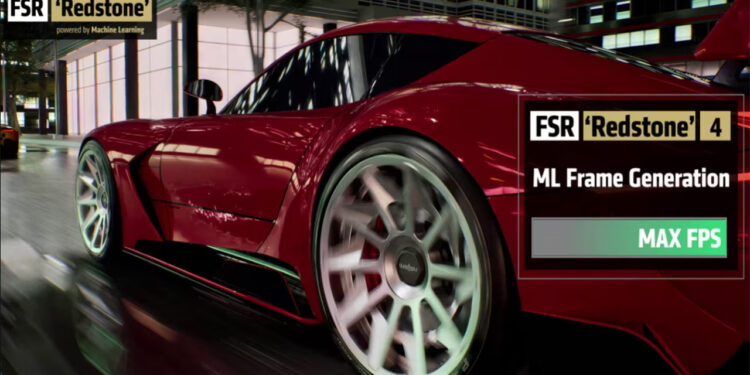Login to Continue Learning
AMD’s ML-powered neural rendering technology might not be exclusive to its Radeon GPUs. According to the company, the translation of neural operations will make this technology compatible with other GPU shaders.
### AMD’s FSR Redstone Won’t Be Dependent On AI Acceleration Capabilities, Hence Will Support Older GPUs Too
For those unaware, AMD announced FSR Redstone at Computex 2025. This is a Machine Learning suite that allows developers to integrate neural rendering technologies into their titles, enhancing visuals and performance. The suite brings in several ML-focused features.
In an interview with AMD’s Senior Director of Software Development Chris Hall (via 4gamer.net), it was claimed that FSR Redstone employs AMD’s ML2CODE, a part of the ROCm stack. ML2CODE takes trained neural network models and translates them into GPU compute shader code, producing optimized HLSL code for any modern shader pipeline-supporting GPUs.
### Cross-Platform Support
FSR Redstone’s neural rendering core can run on AMD, NVIDIA, and Intel GPUs due to this translation process. This means that FSR Redstone’s shader code can be executed across different platforms, providing cross-platform support.
FSR Redstone was developed using AMD ML2CODE (Machine Learning to Code), a research project from ROCm. The core part of the neural rendering technology is converted into optimized Compute Shader code by utilizing ML2CODE.
At AMD, they use HIP in the development process for many innovative new AI-related technologies. ML2CODE aims to integrate with commonly used graphics rendering pipelines such as Vulkan’s shader language “GLSL” and DirectX’s “HLSL”.
It’s highly likely that the AI cores of various AI functions used in FSR Redstone are developed using HIP code, which can output optimized code for each generation of Radeon GPUs. Thanks to this architecture, it can also run on GPUs other than AMD.
### Performance Considerations
Interestingly, Hall has disclosed that FSR Redstone won’t specifically require AI acceleration capabilities at runtime. This means all ML-focused features will be available to older GPUs since Redstone optimizes the shader code and then executes it, allowing a speed-up without needing AI compute. Of course, there will be some performance overhead when using Redstone on older hardware, but support is expected.
### Cross-Platform Support Continues
This development is significant for AMD’s RDNA tech stack. While FSR 4 was limited to RDNA 4, leaving behind the older generations, since Redstone is a first-of-a-kind ML-based implementation by AMD, it could very well support RDNA 3 as well, bringing a performance boost to the platform.
In conclusion, FSR Redstone’s compatibility with various GPU architectures marks an important step in cross-platform gaming technology.



















